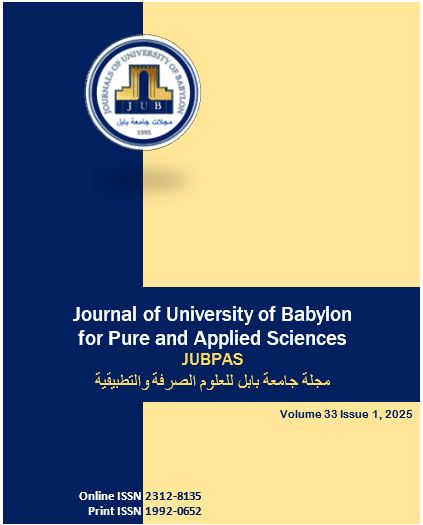Efflux Pumps in Bacterial Antibiotic Resistance: Mechanisms, Clinical Implications, and Future Directions
Main Article Content
Abstract
Due to the discovery of new resistance mechanisms and the decline in effective and high-quality treatments for common pathogenic illnesses, the increased spread of antibiotic resistance across many infectious pathogens has become an increasingly pressing global public health concern. This has resulted in microbial responses to traditional medication that have not been successful, which may increase the risk of death, extend disease, and increase health care costs.
. Multiple drugs Protein complexes called efflux pumps are found in the cell envelope and allow bacteria to expel a variety of chemicals important for infection in addition to drugs. They thus have a significant role in the pathogenesis of microbes. Efflux pumps have the ability to expel external substances, such as antibacterial chemicals produced by the host. Pathogens can withstand antibiotics and get past the host's defenses by means of this extrusion. Nevertheless, endogenous substances including metabolites, virulence factors, and signaling molecules for bacterial communication are also extruded via efflux pumps. Consequently, efflux pumps have a role in regulating bacterial pathogenicity and behavior additionally to preserving bacterial homeostasis in response to various host-derived stimuli. Thus, the purpose of this work is to inform the public about the threat posed by the global rise in multiple medication resistance and the need for prompt action to treat microbial diseases. The purpose of this review was to give a general overview of efflux pumps' use in One Health settings.
Article Details
Issue
Section

This work is licensed under a Creative Commons Attribution 4.0 International License.
